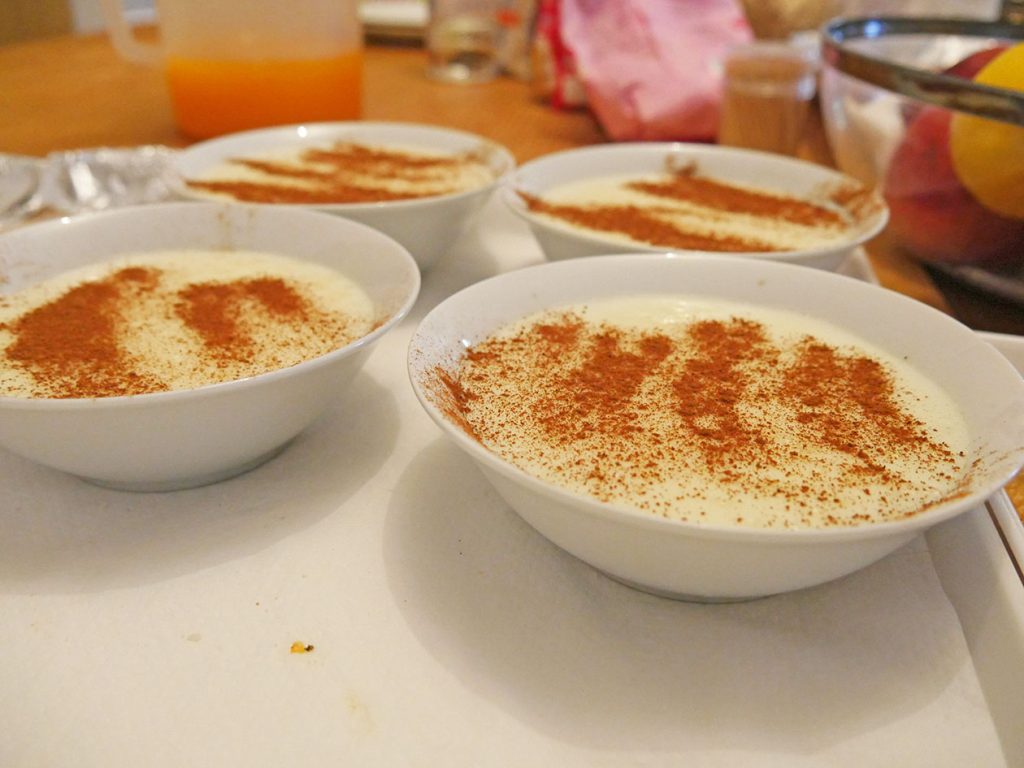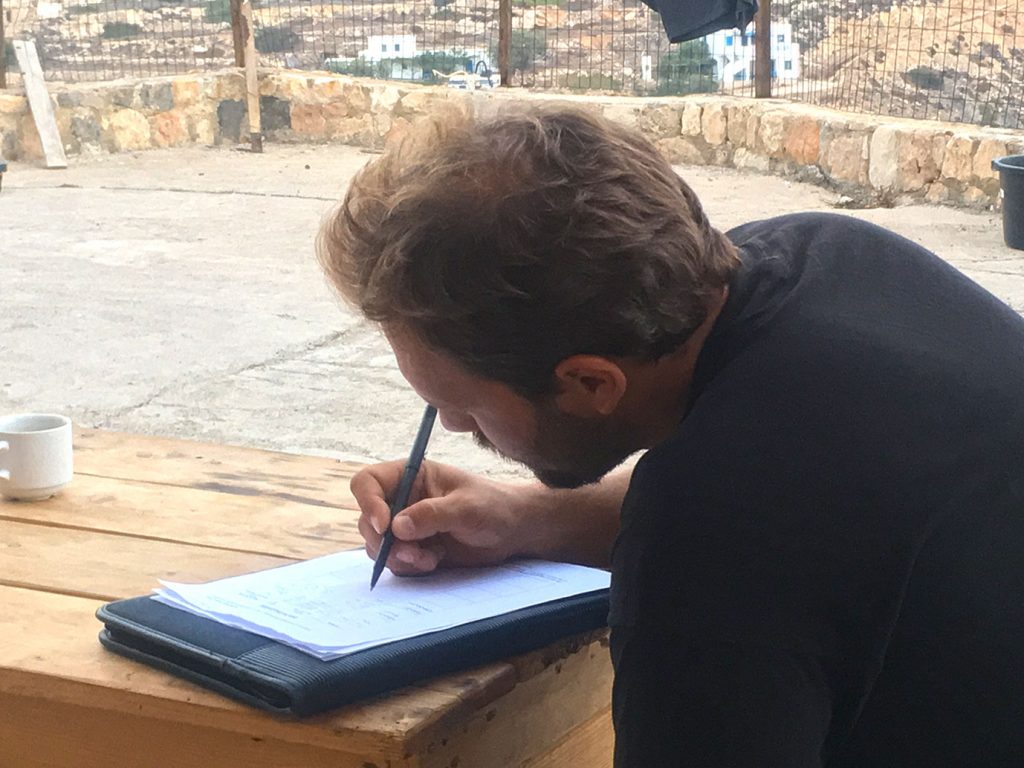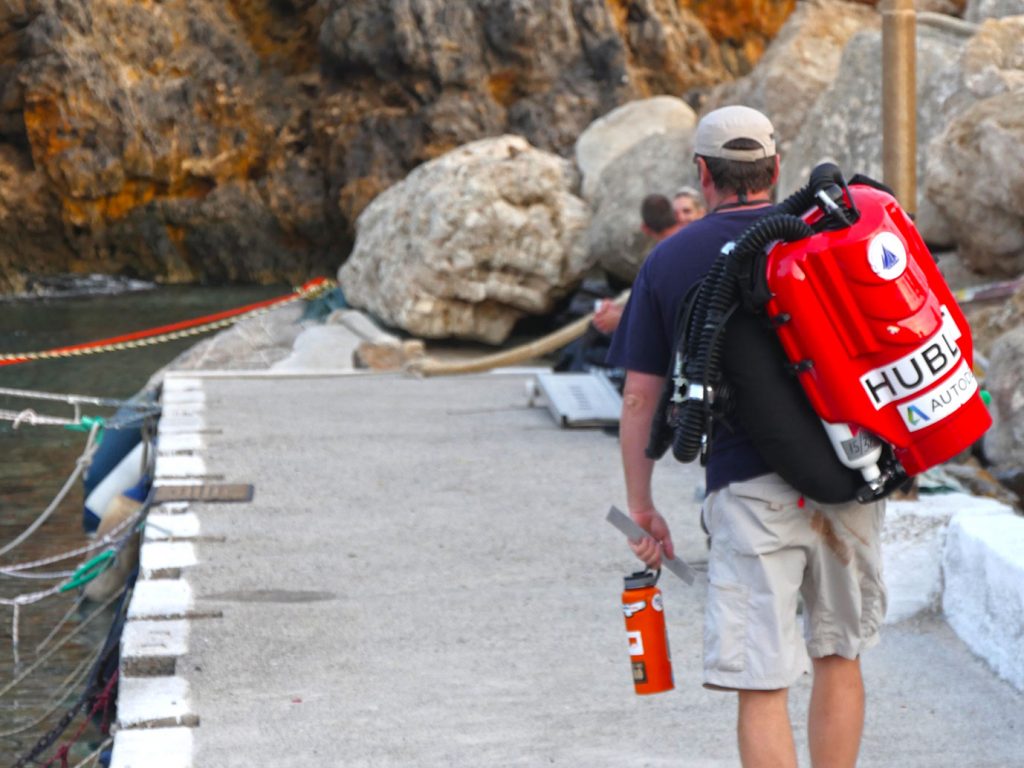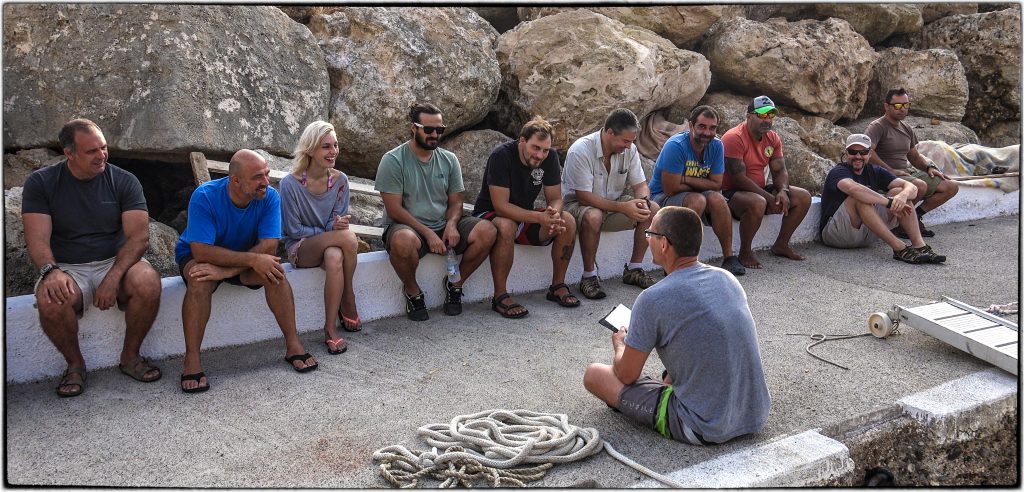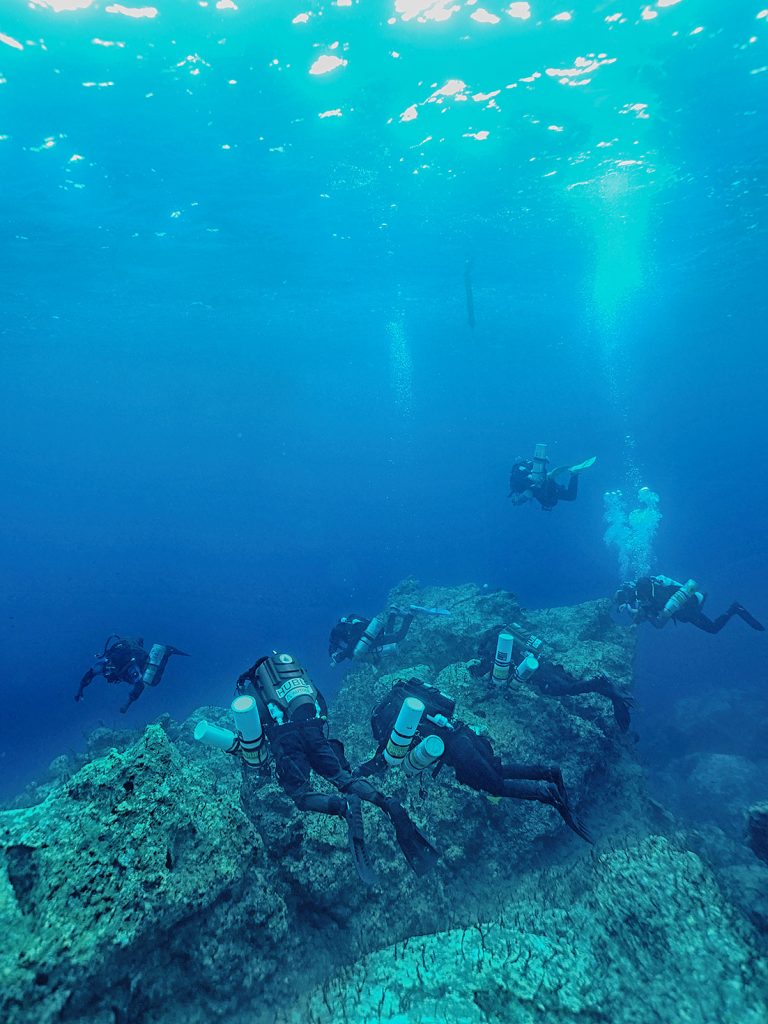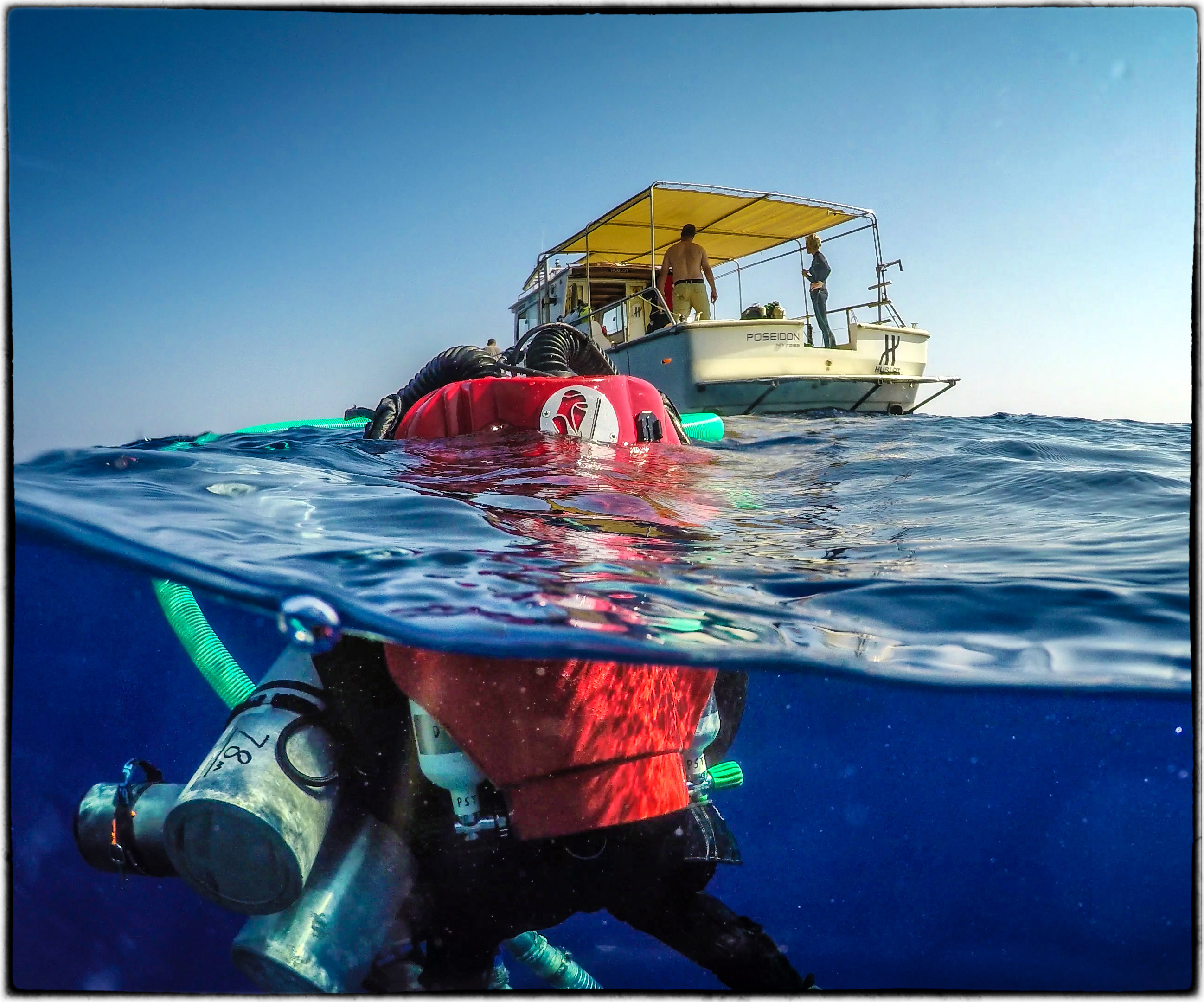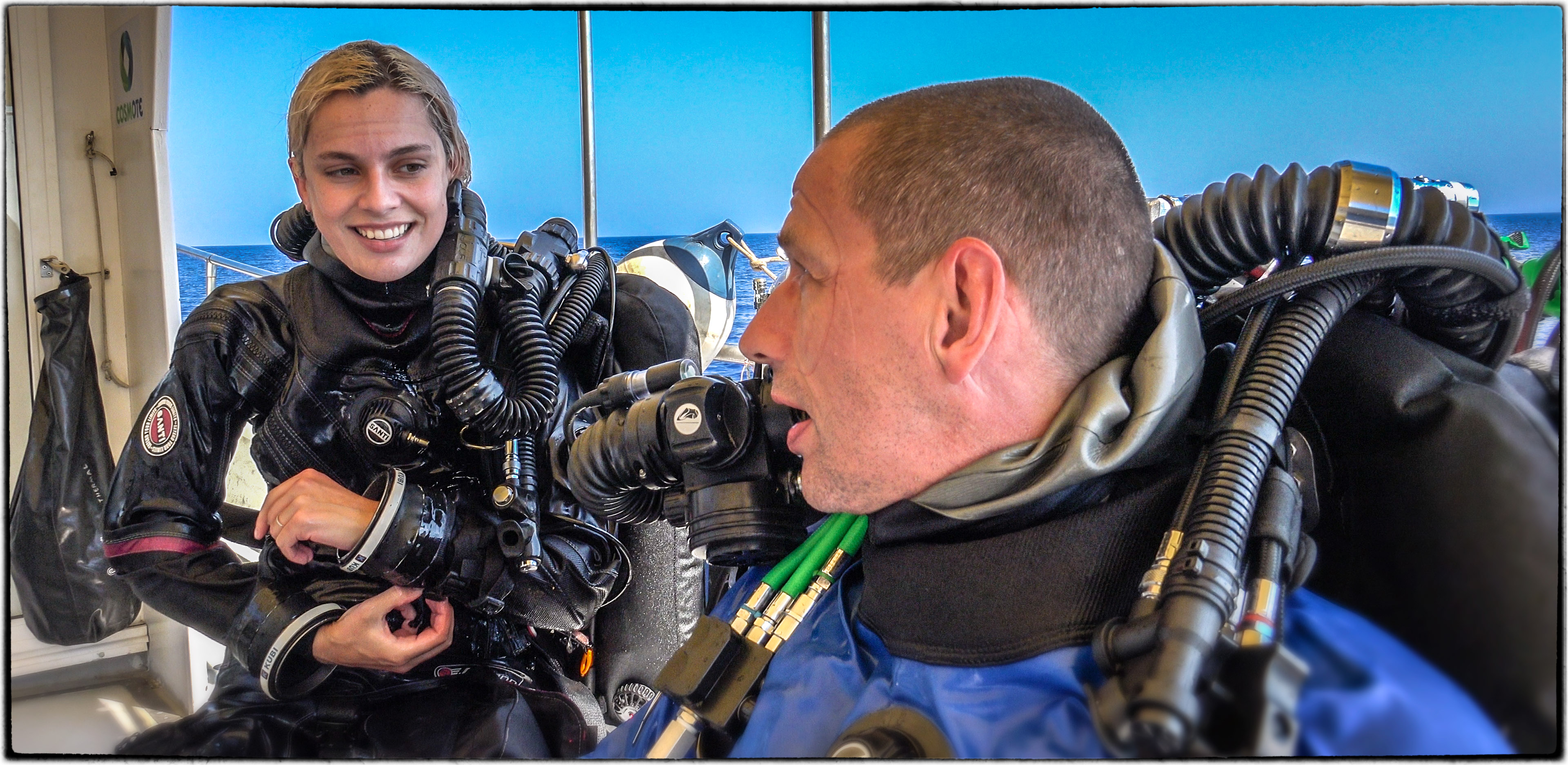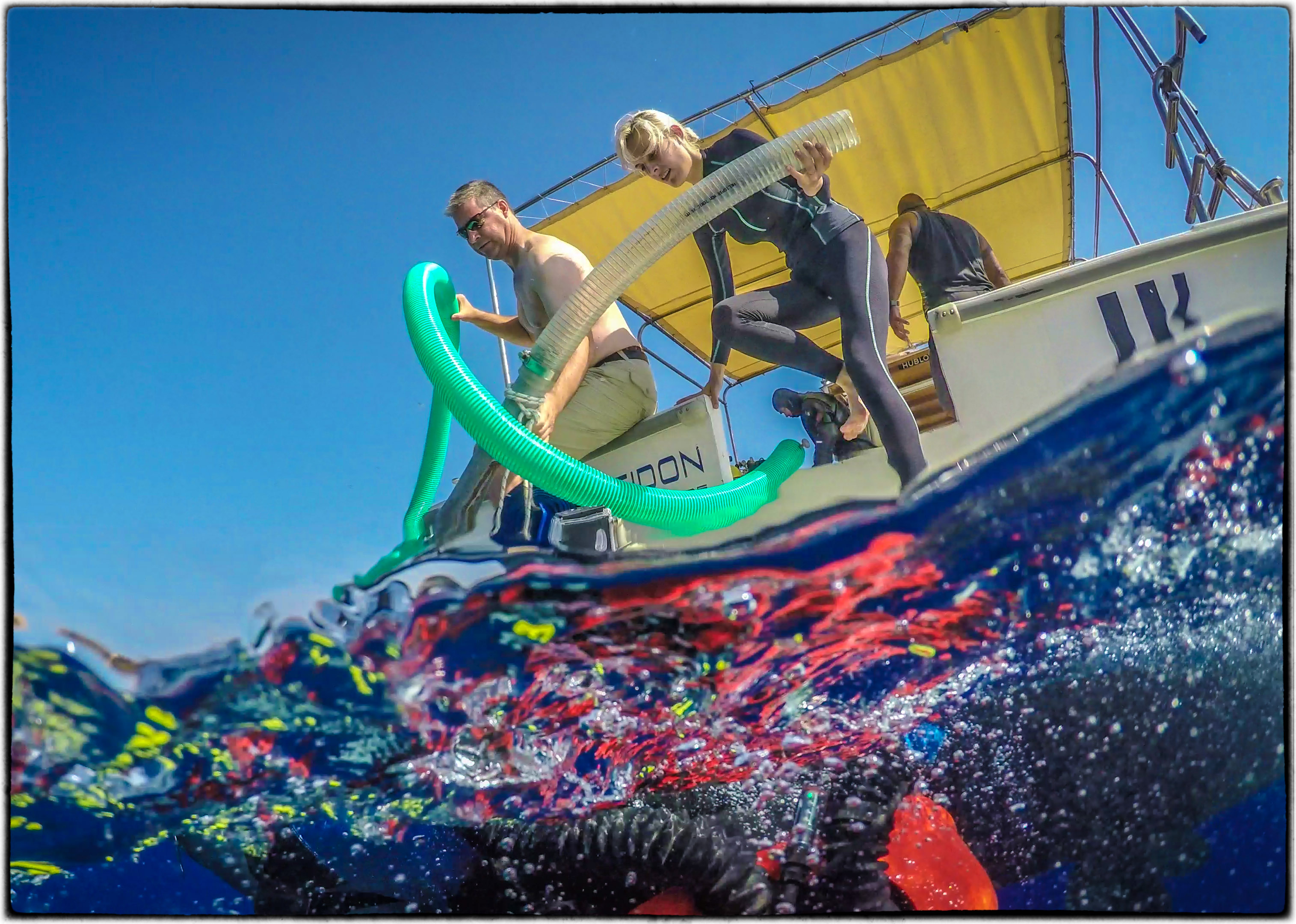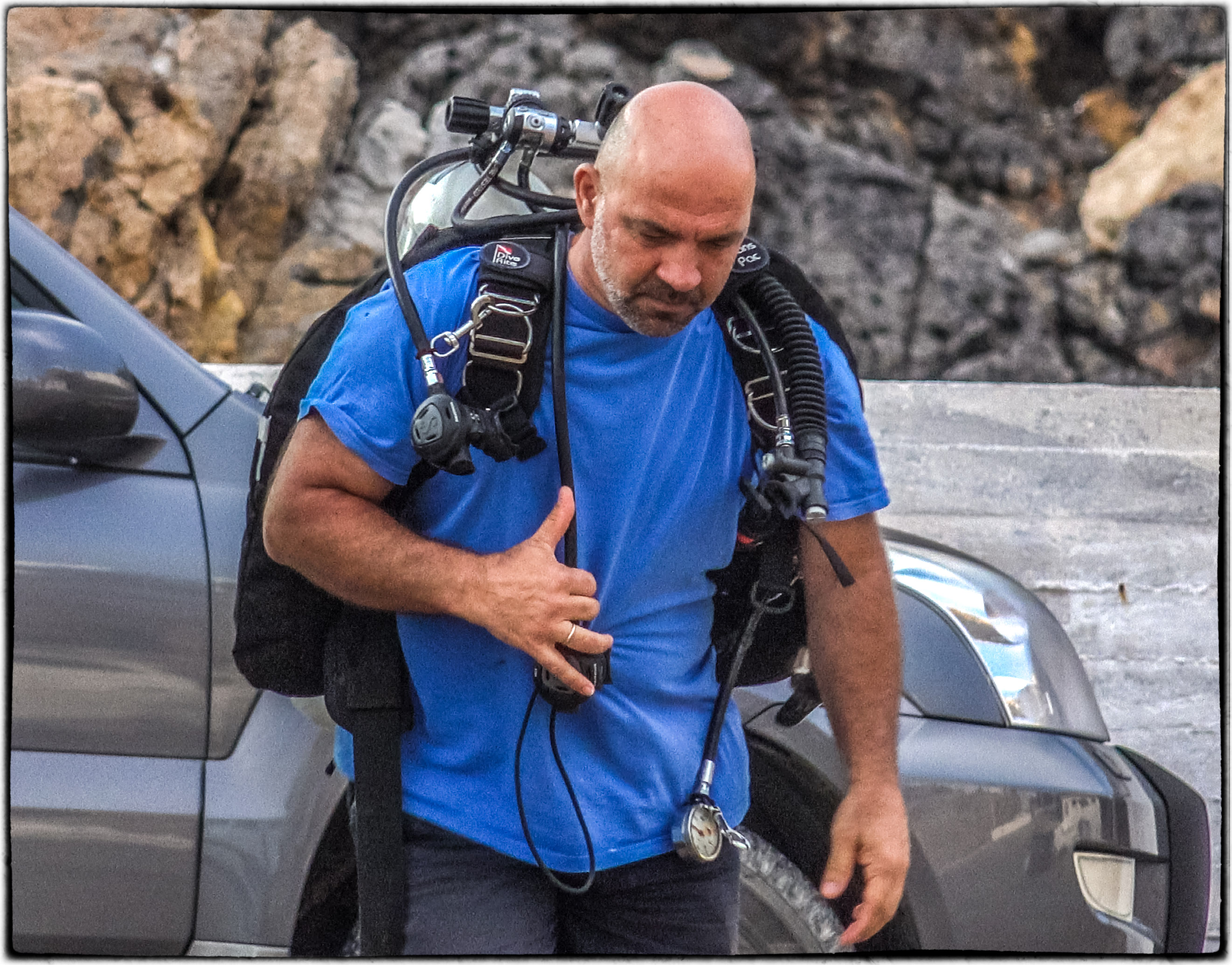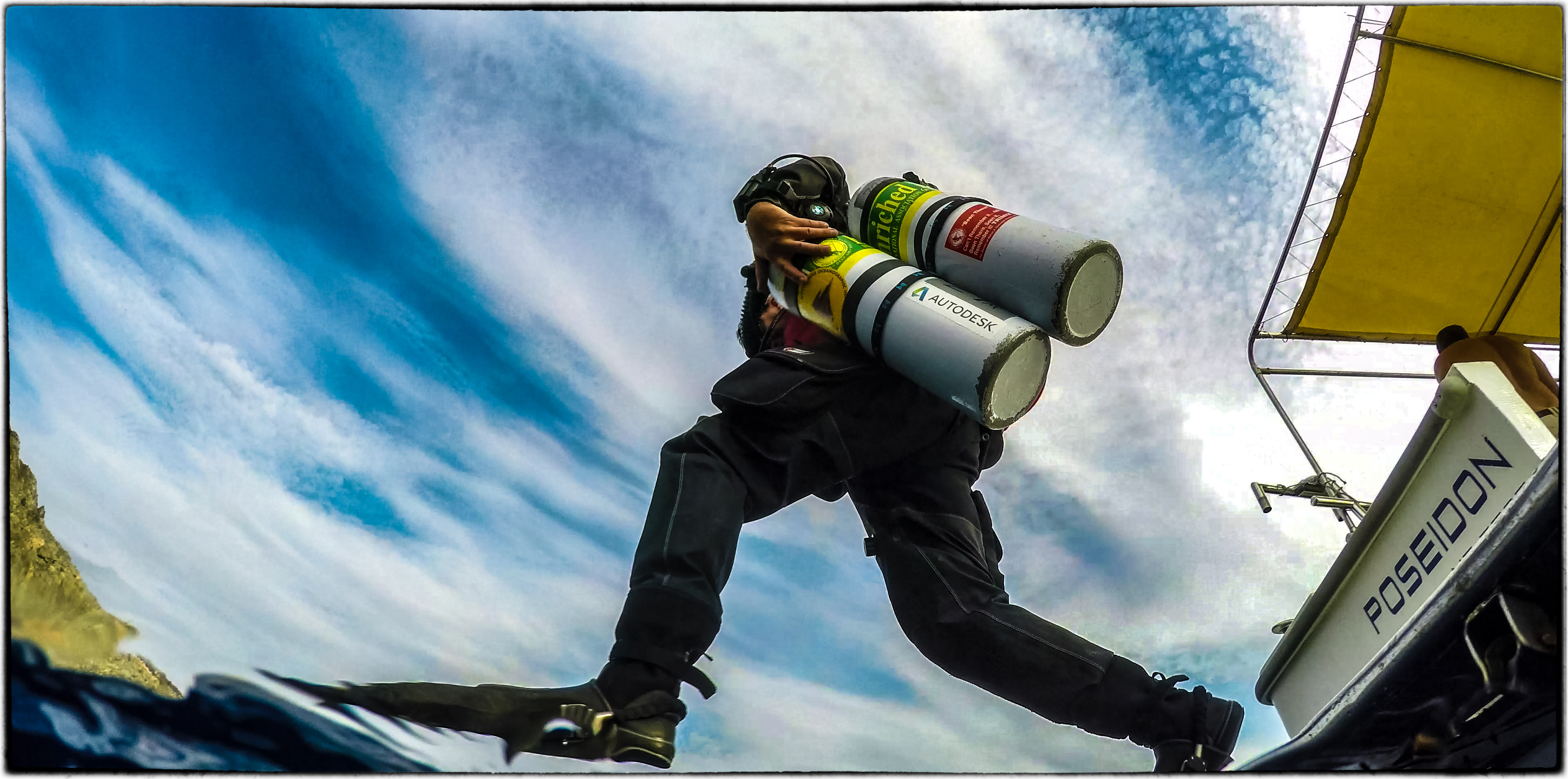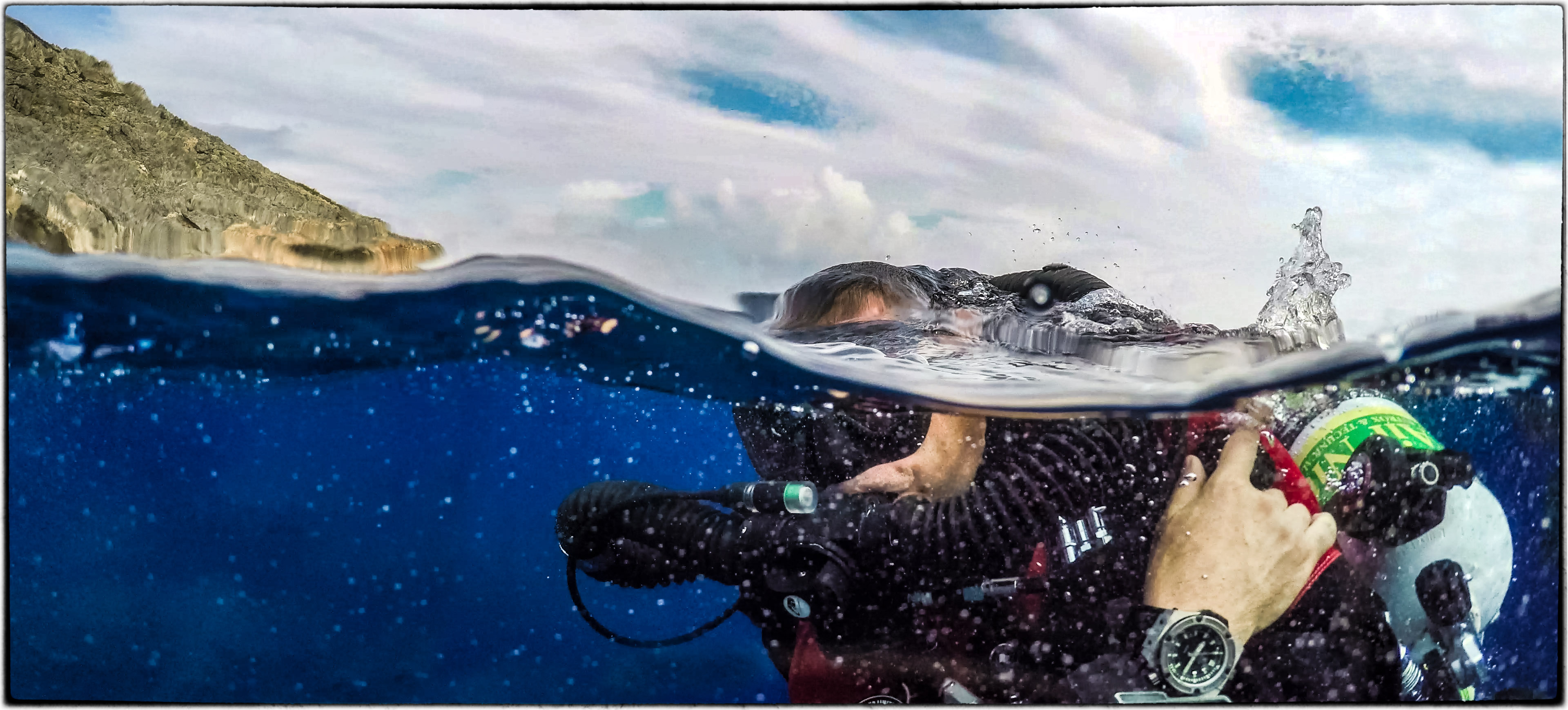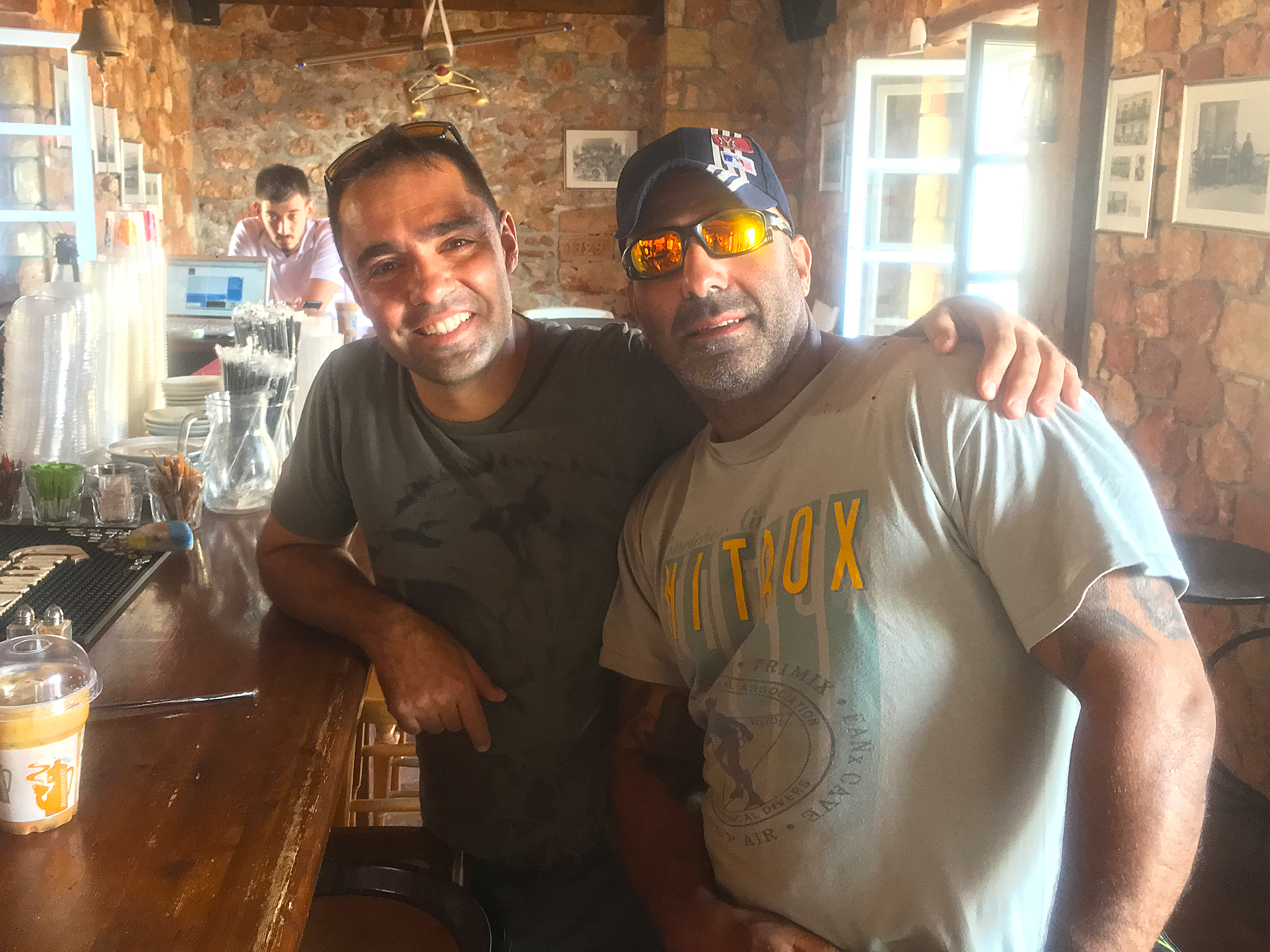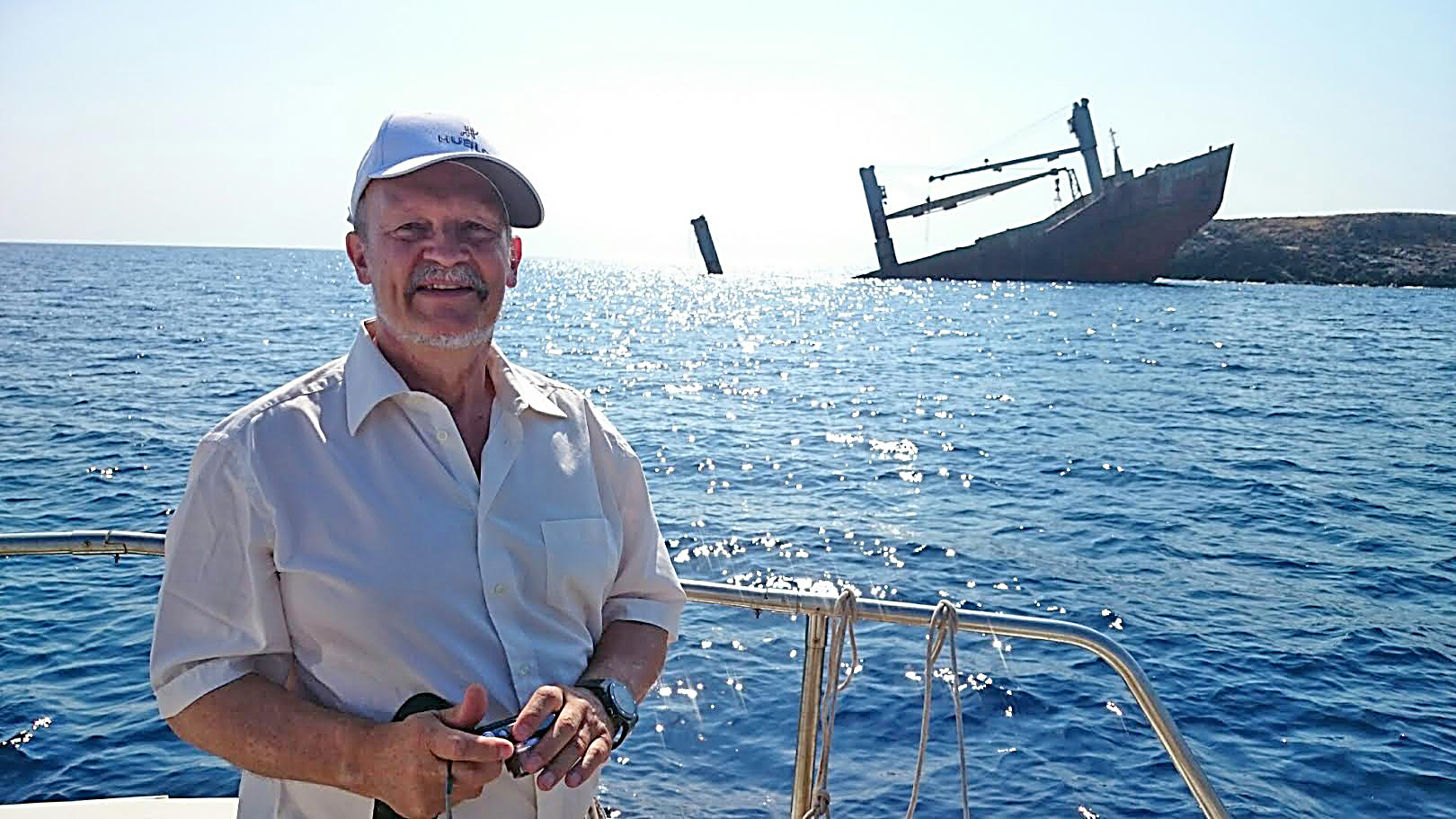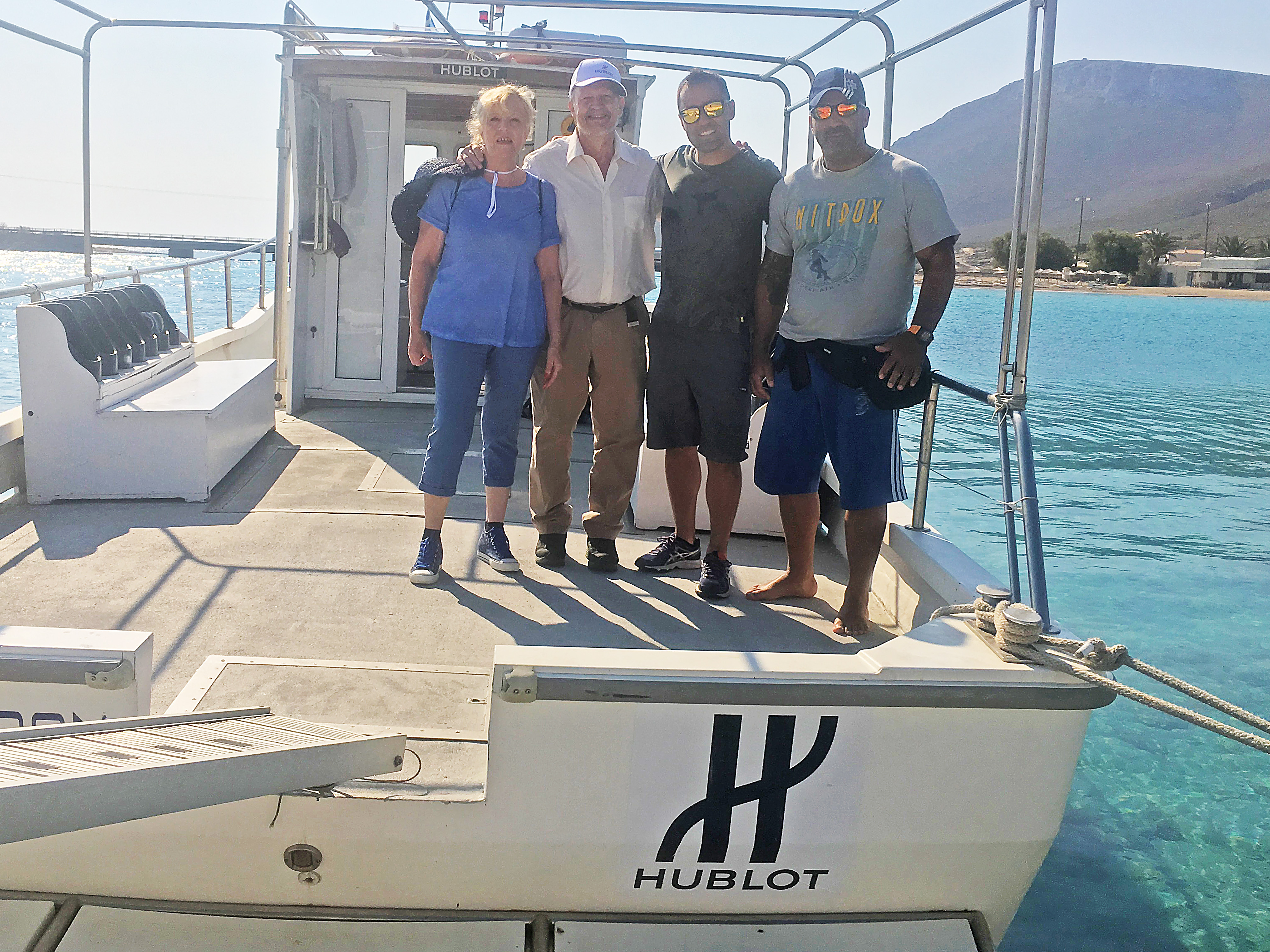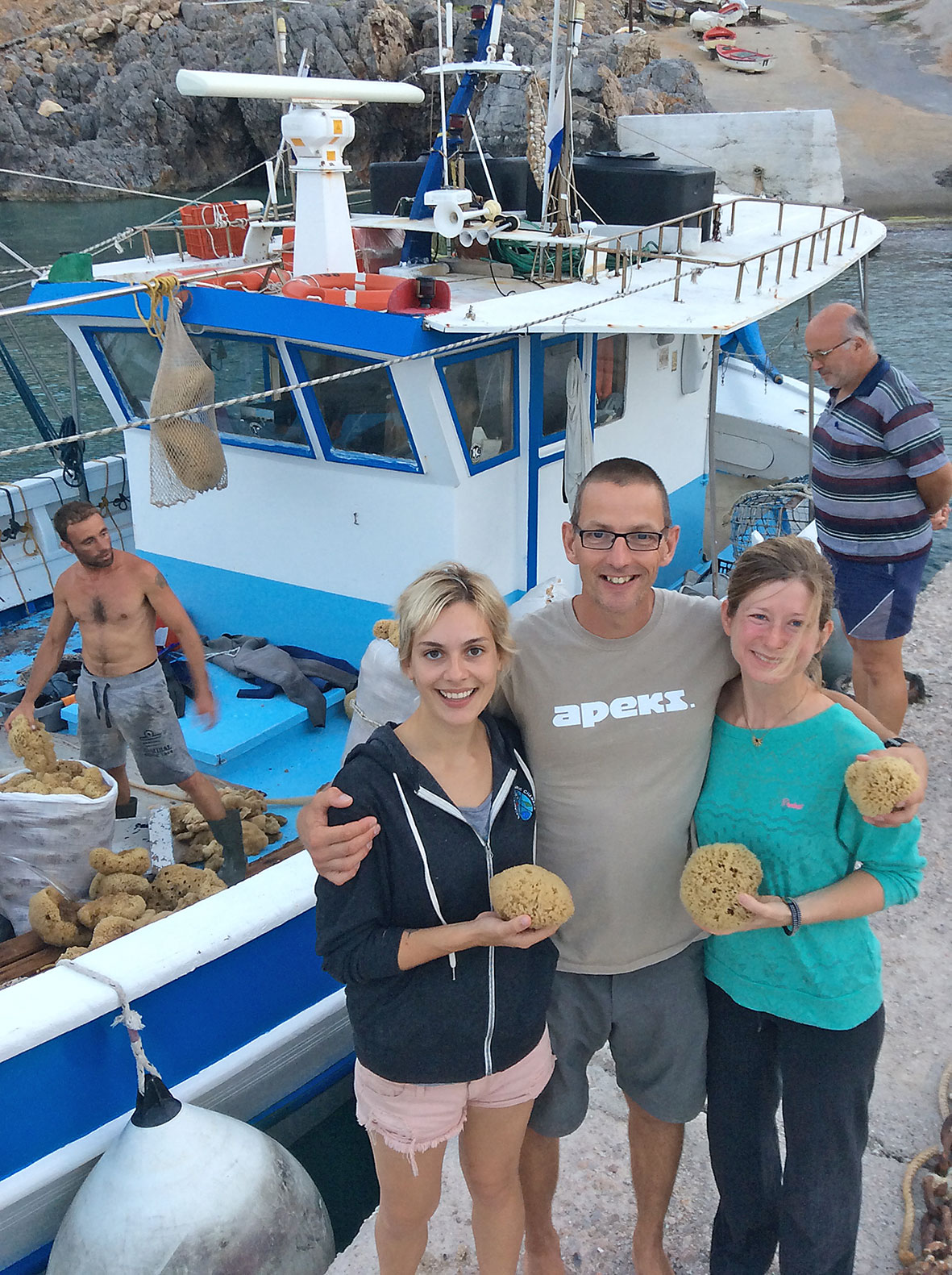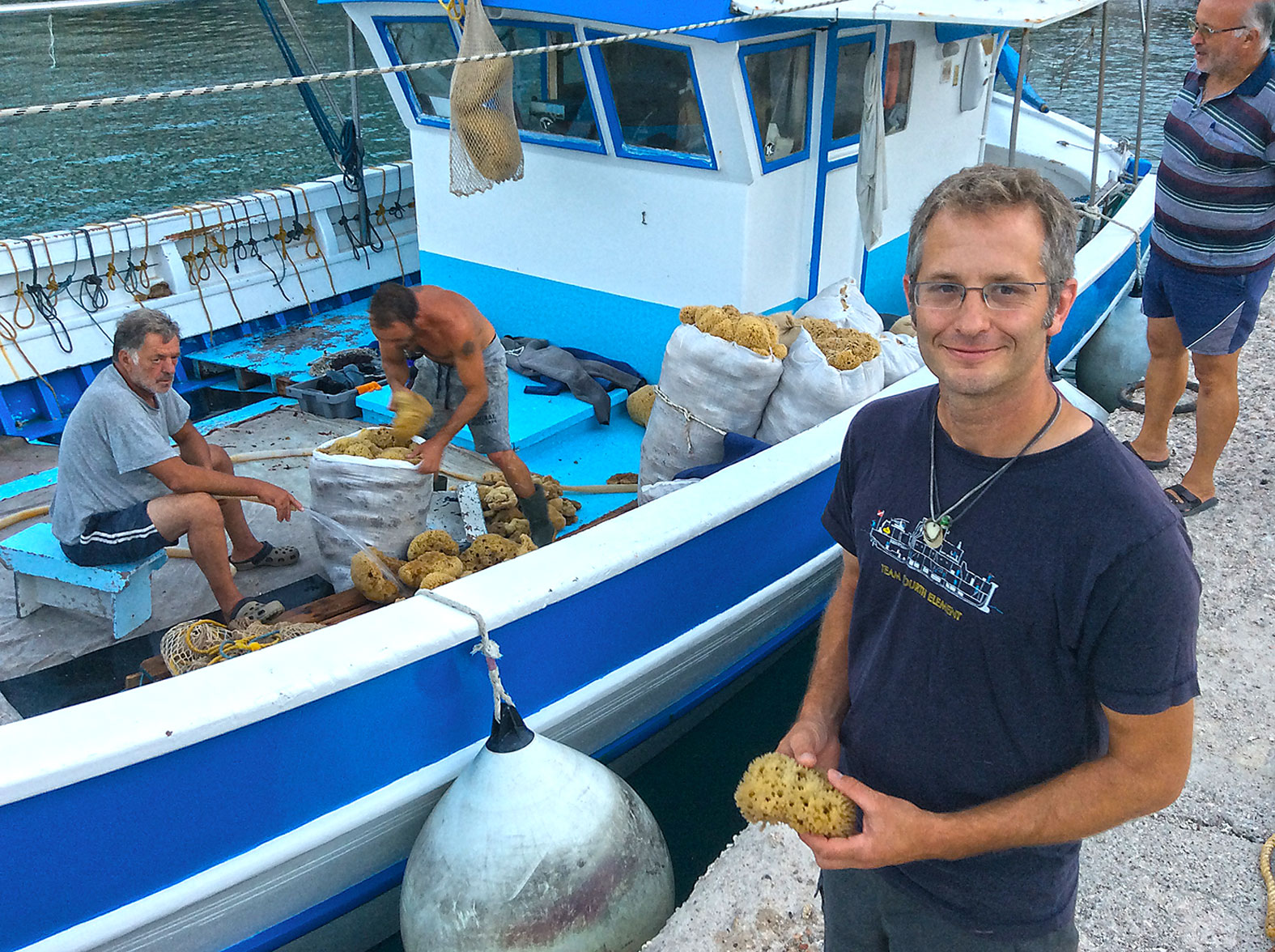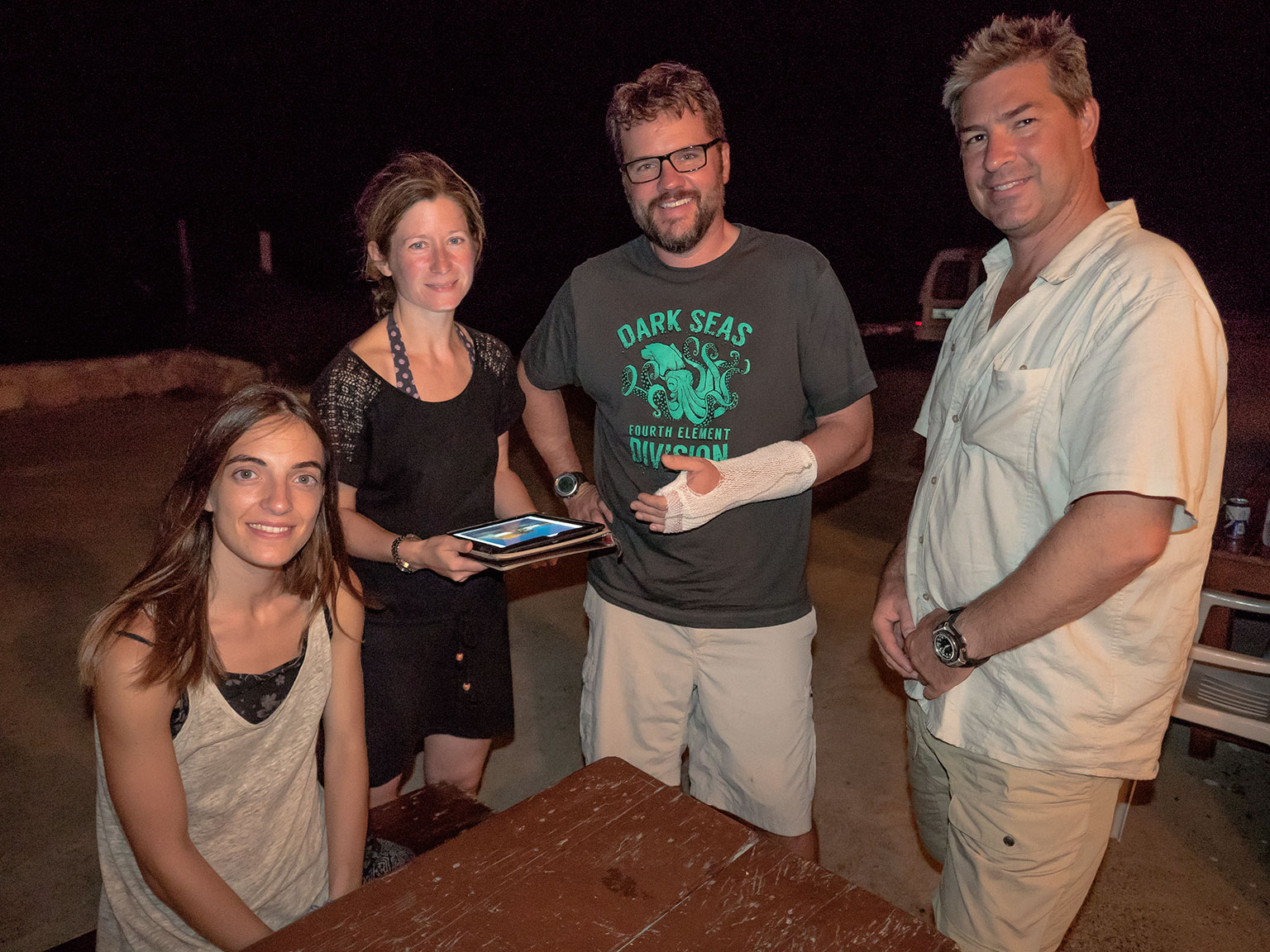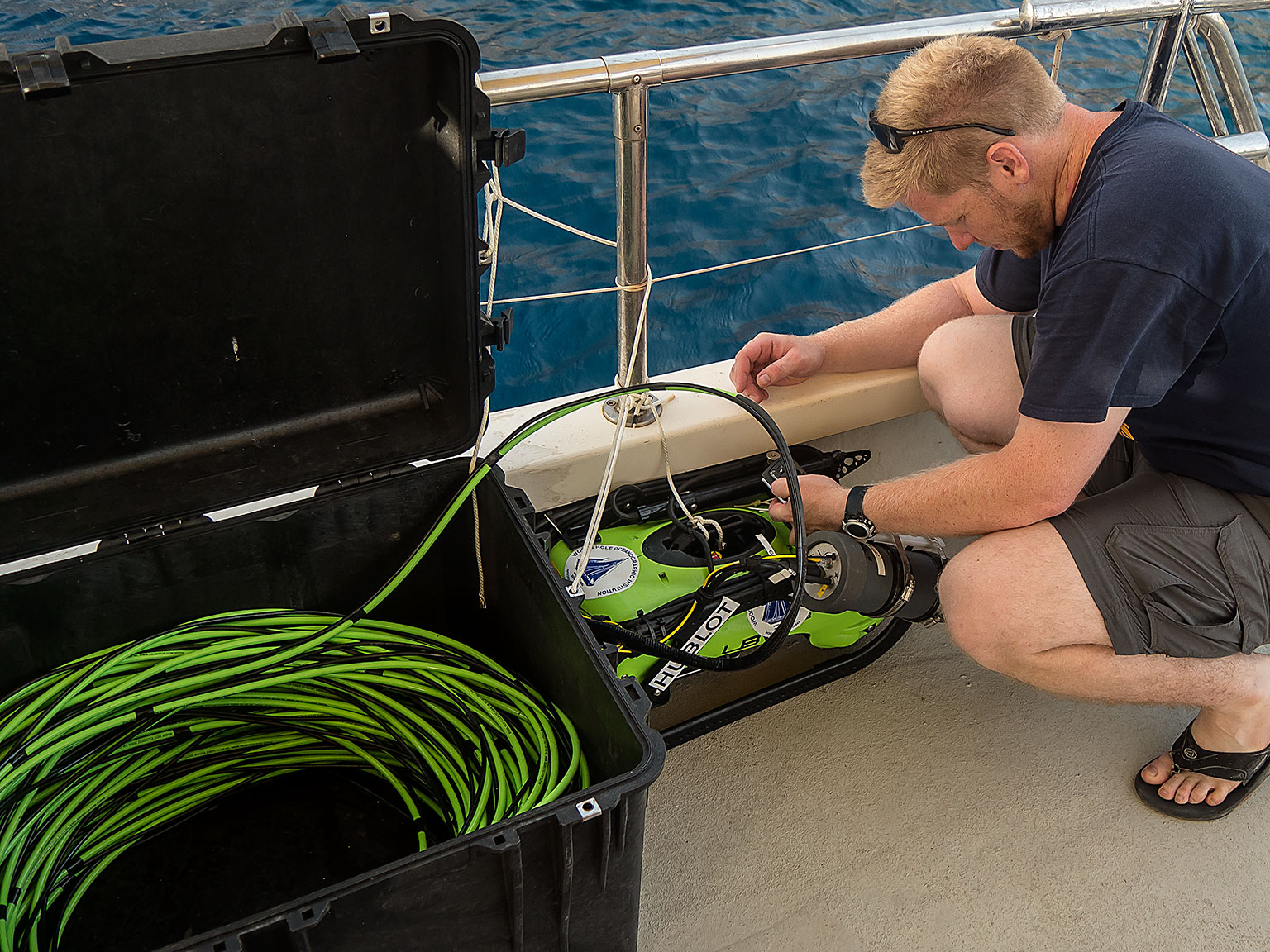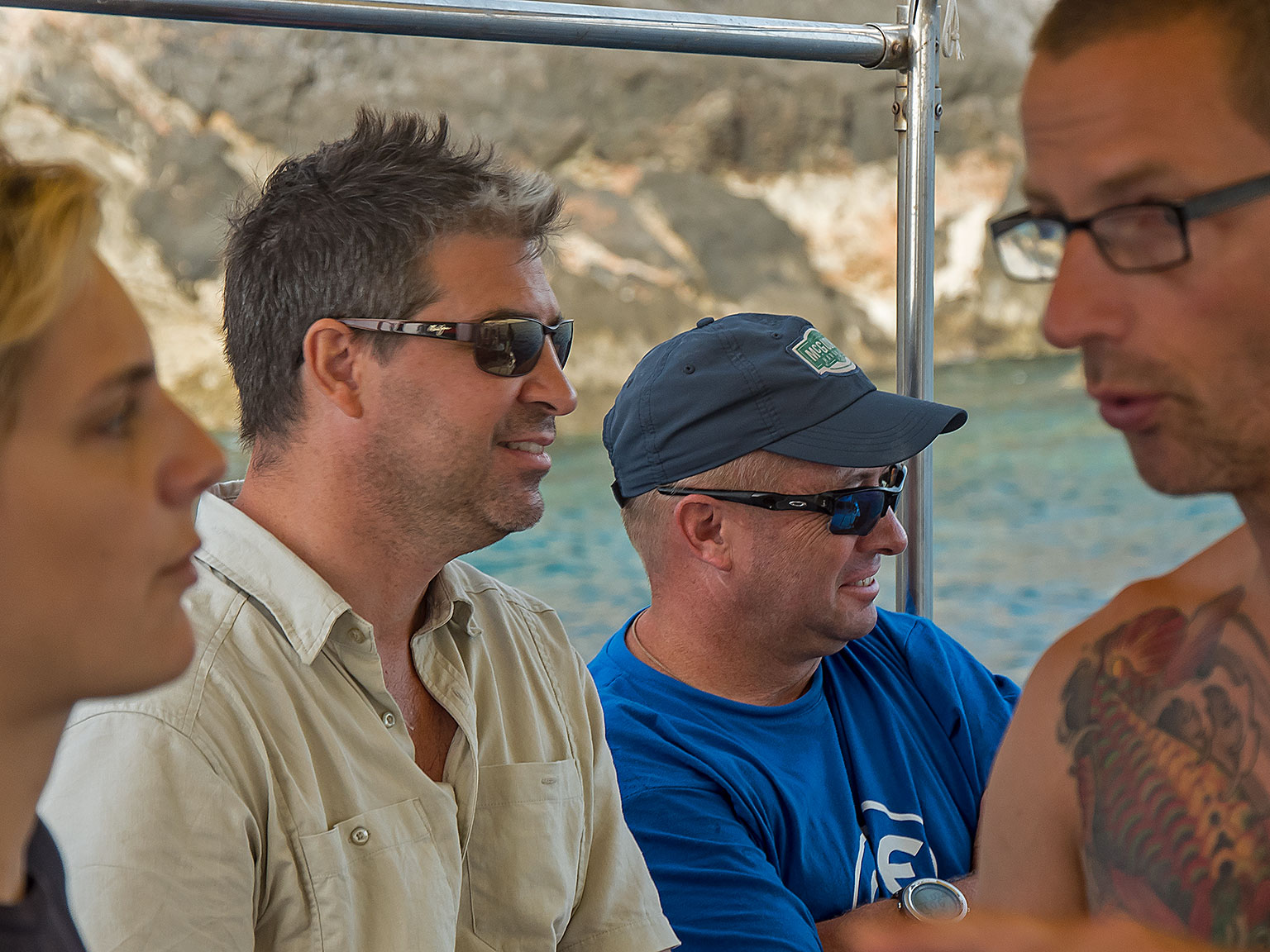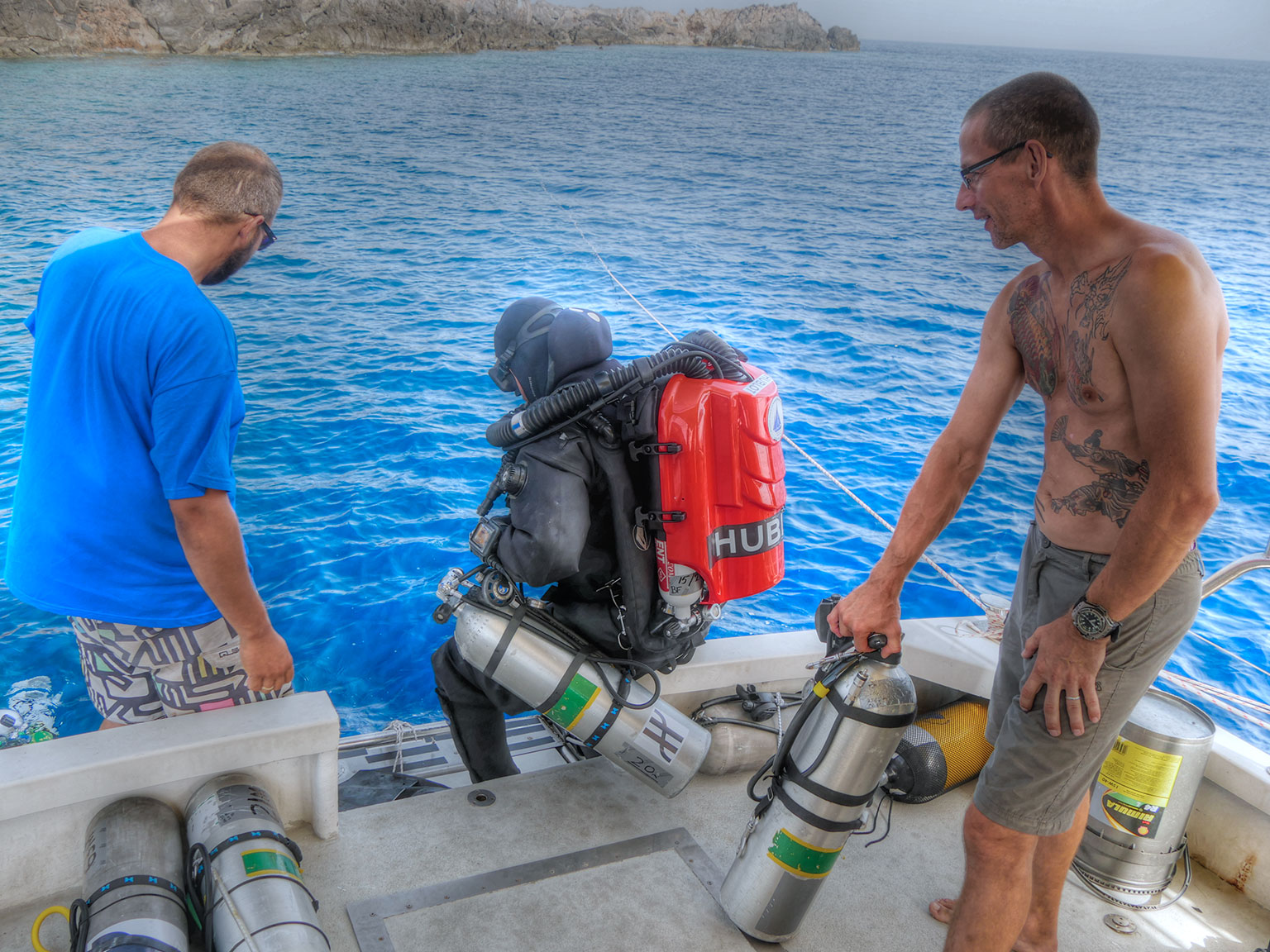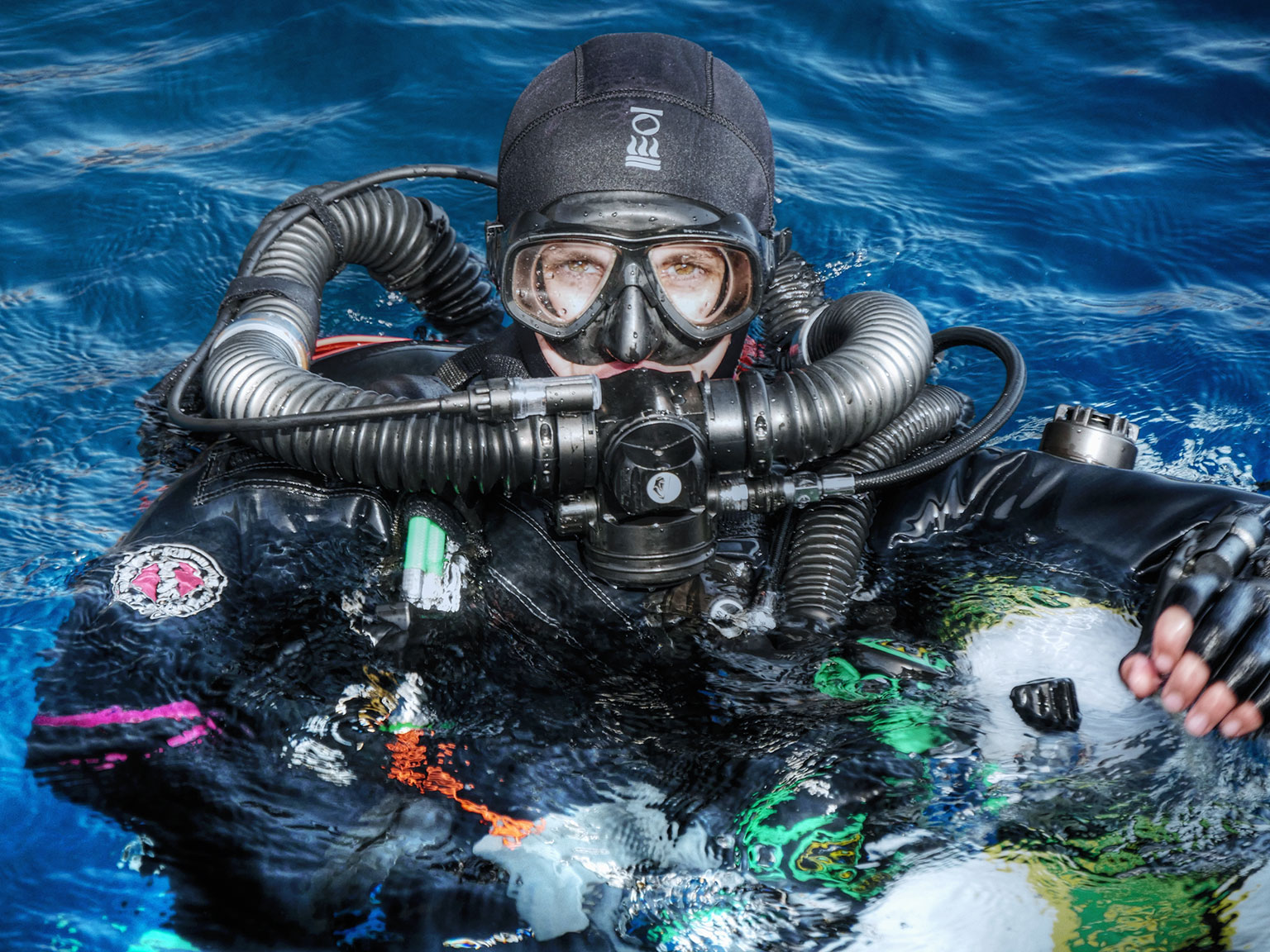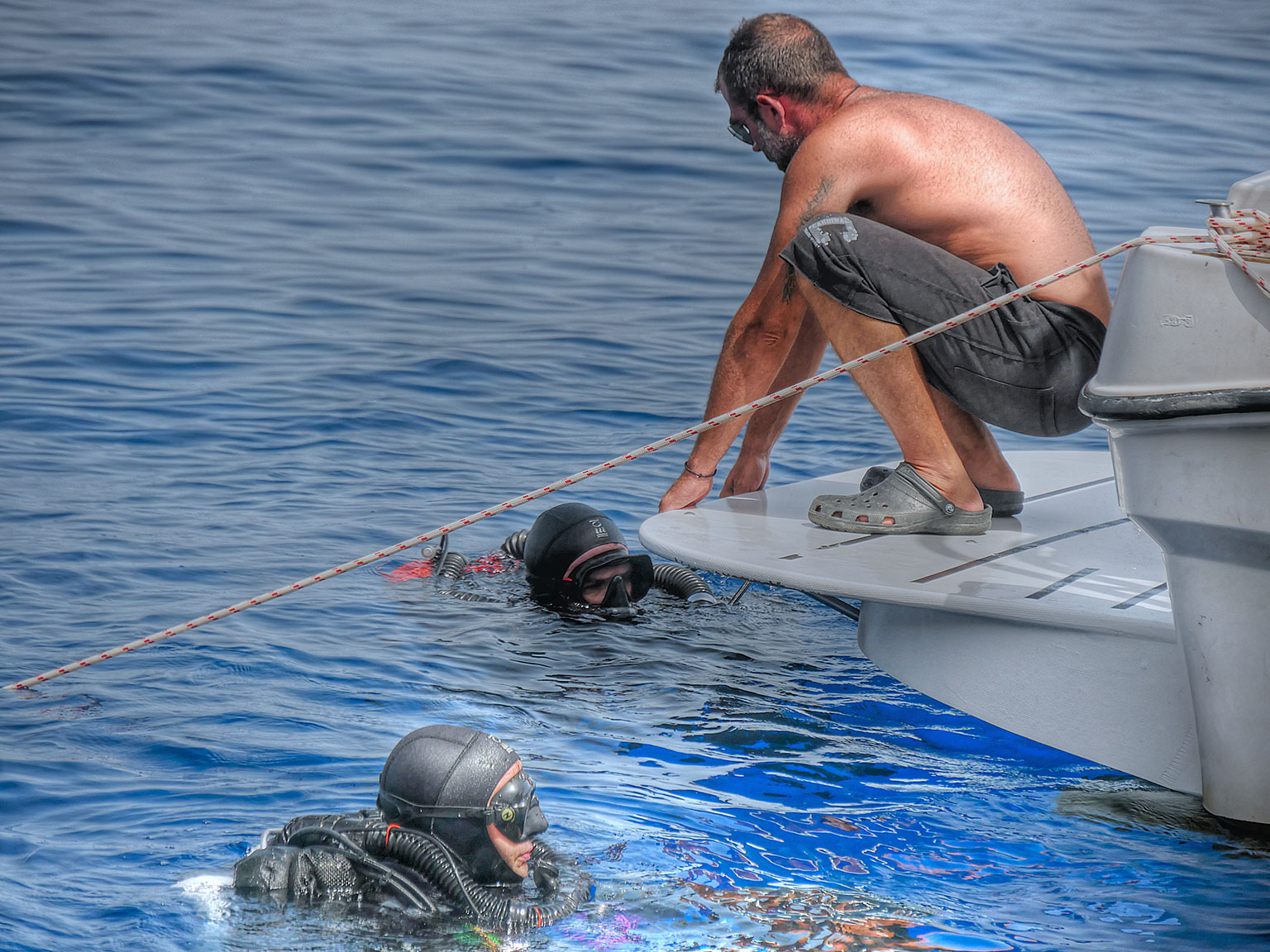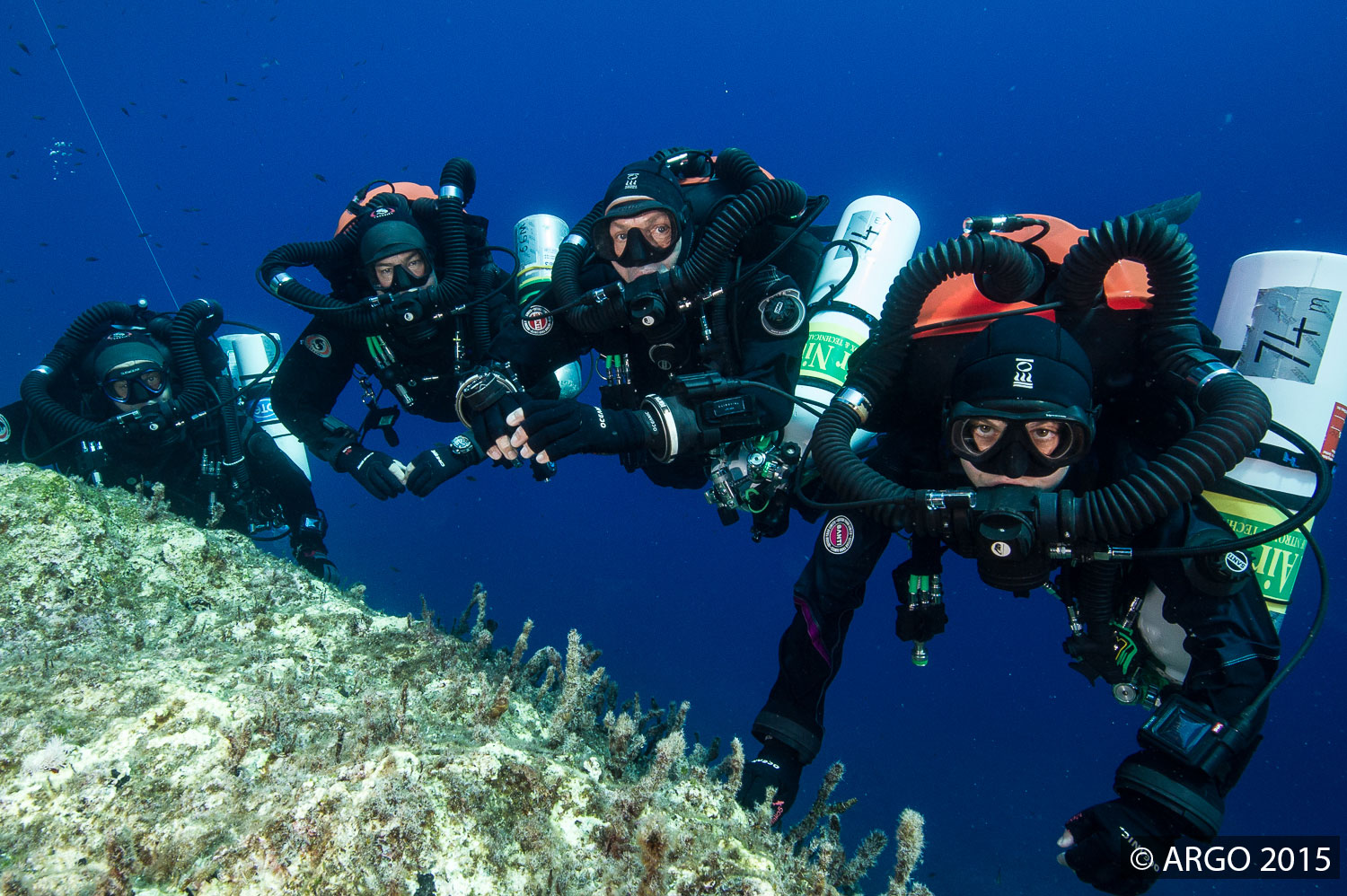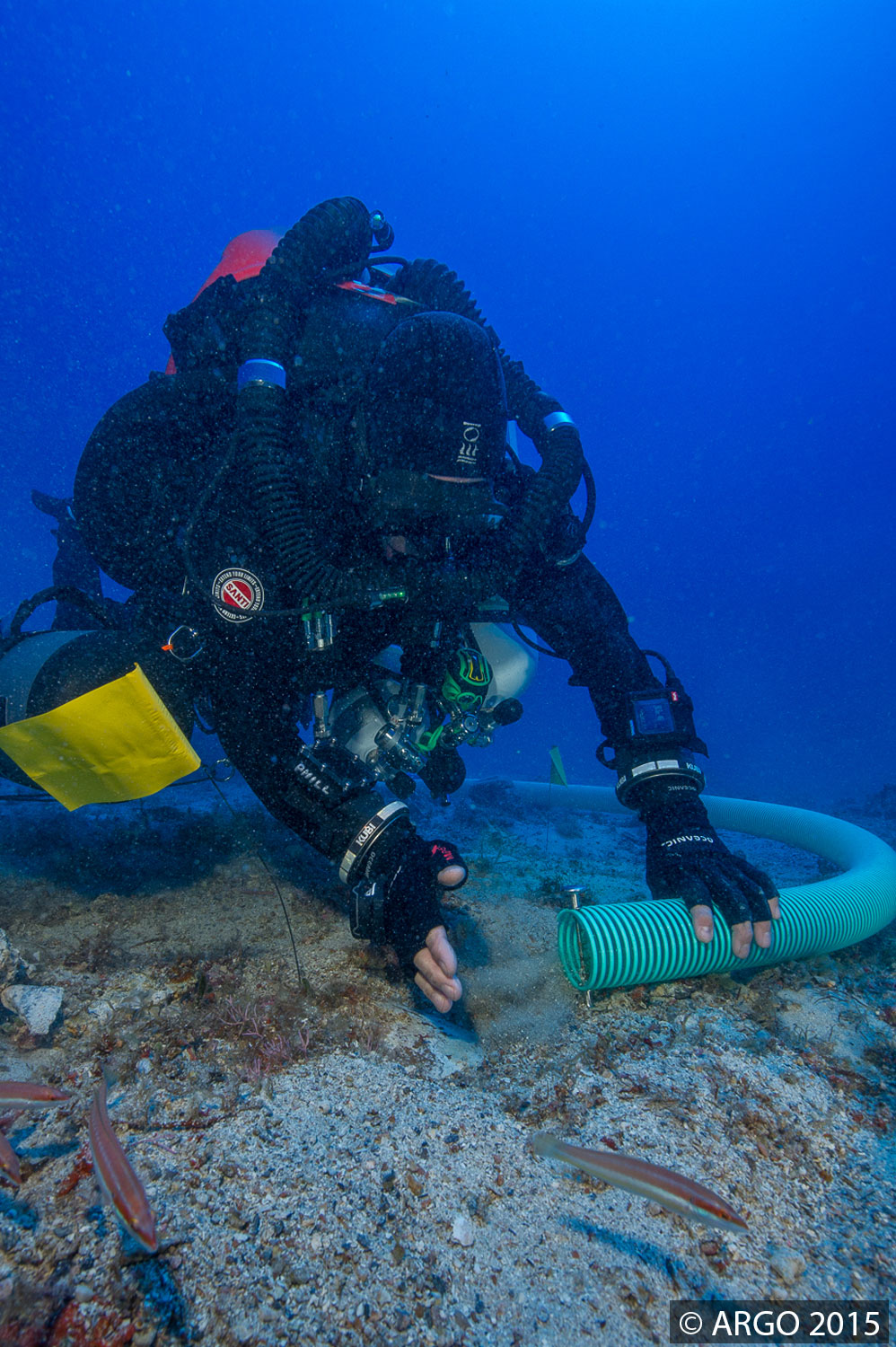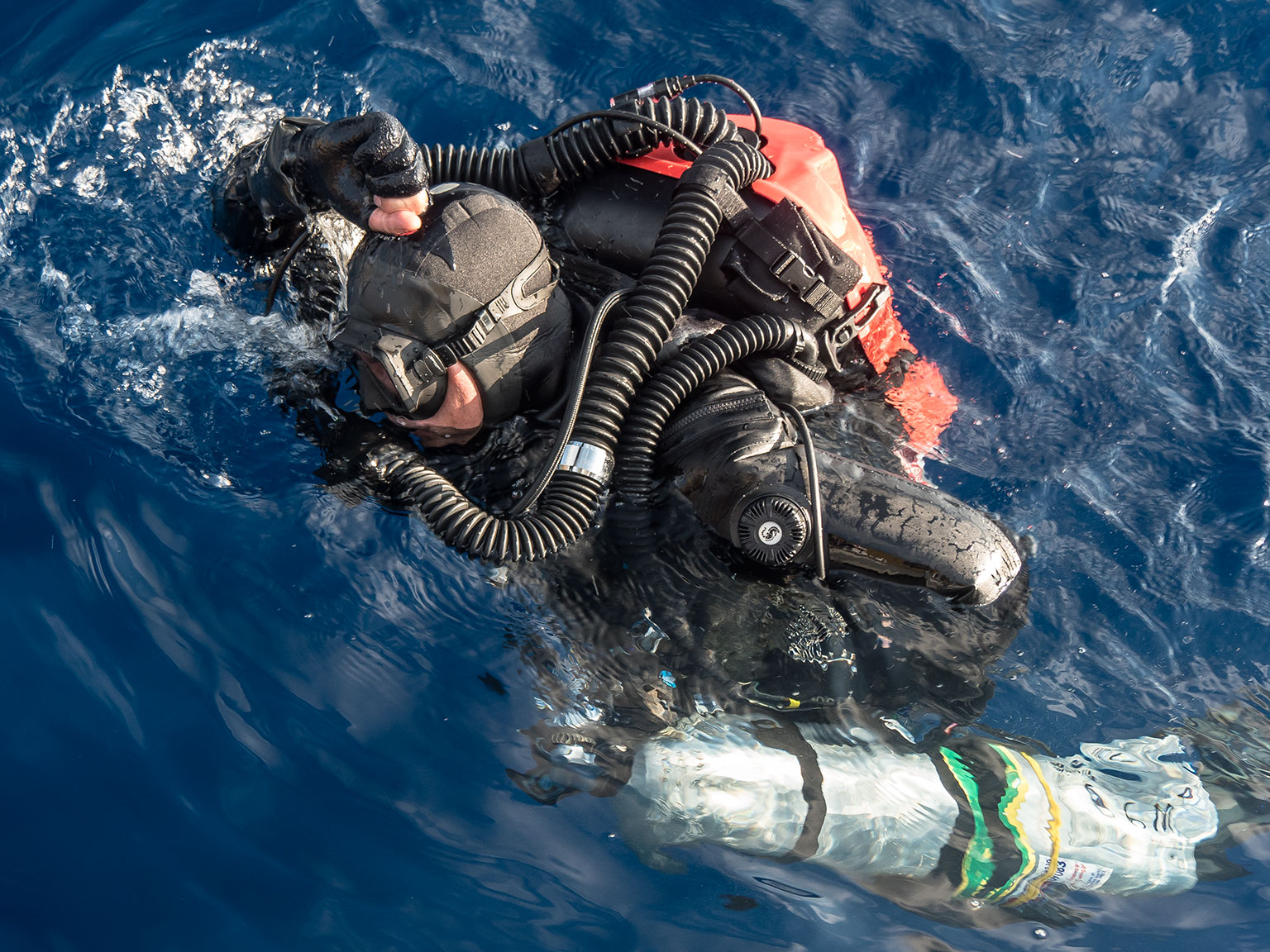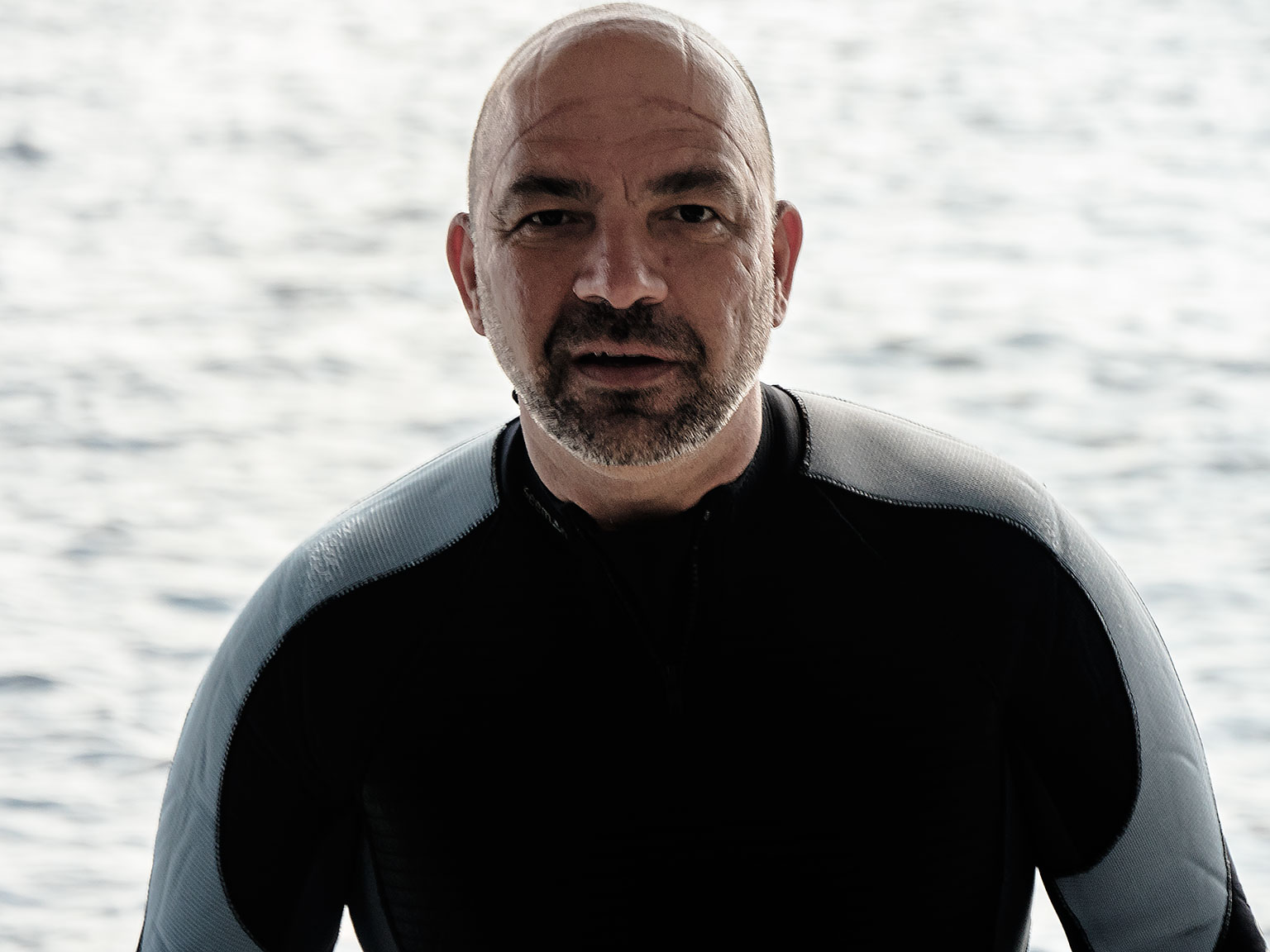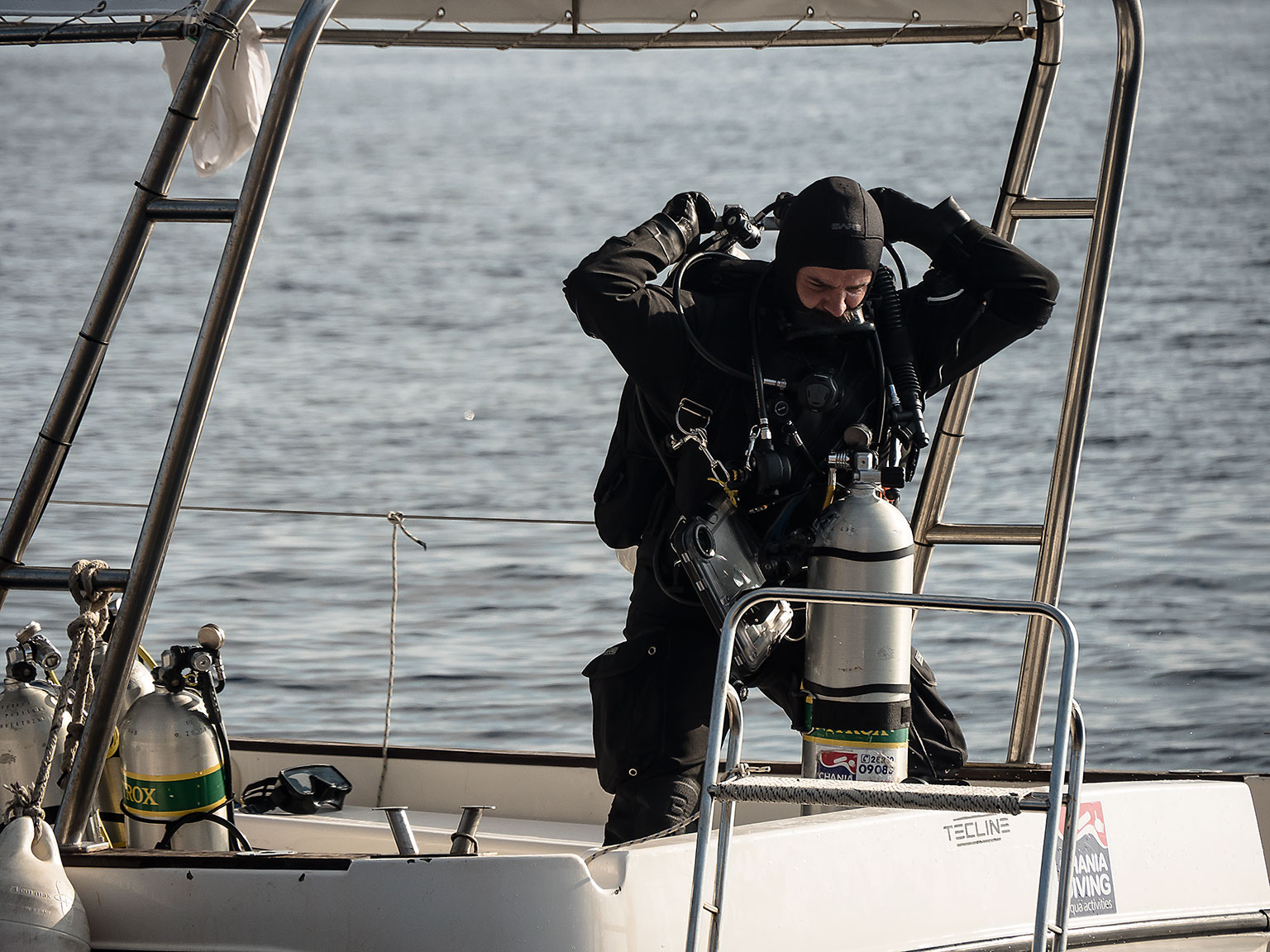To provide more insight into what it’s actually like during an expedition, the following is an example of what happens on a typical day of fieldwork during the Return to Antikythera project…
6.30am – Wake up
7am – Breakfast
7.30am – Load equipment into the vehicles & trailer, then move to the dock
8.45am – Arrive at the wreck site and gear up
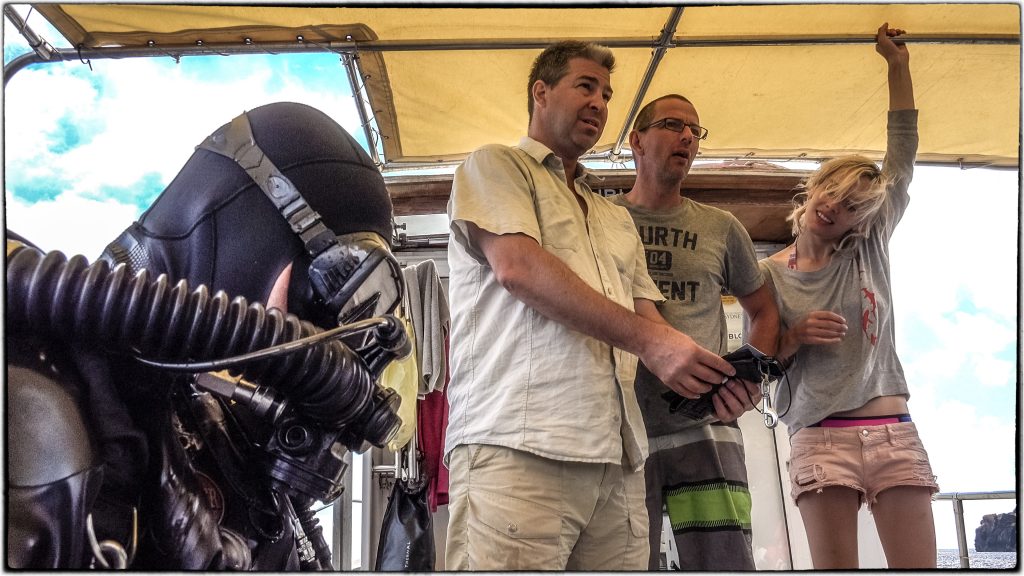
9am – 10am – Dive teams descend, with the sequence and timing of descents depending on the days plan

Bottom time is generally around 40 – 60 minutes on rebreathers and 20-30 minutes using open circuit SCUBA
10am -11.30am – Decompression
Noon – 1pm – Ascend, then return to the harbour
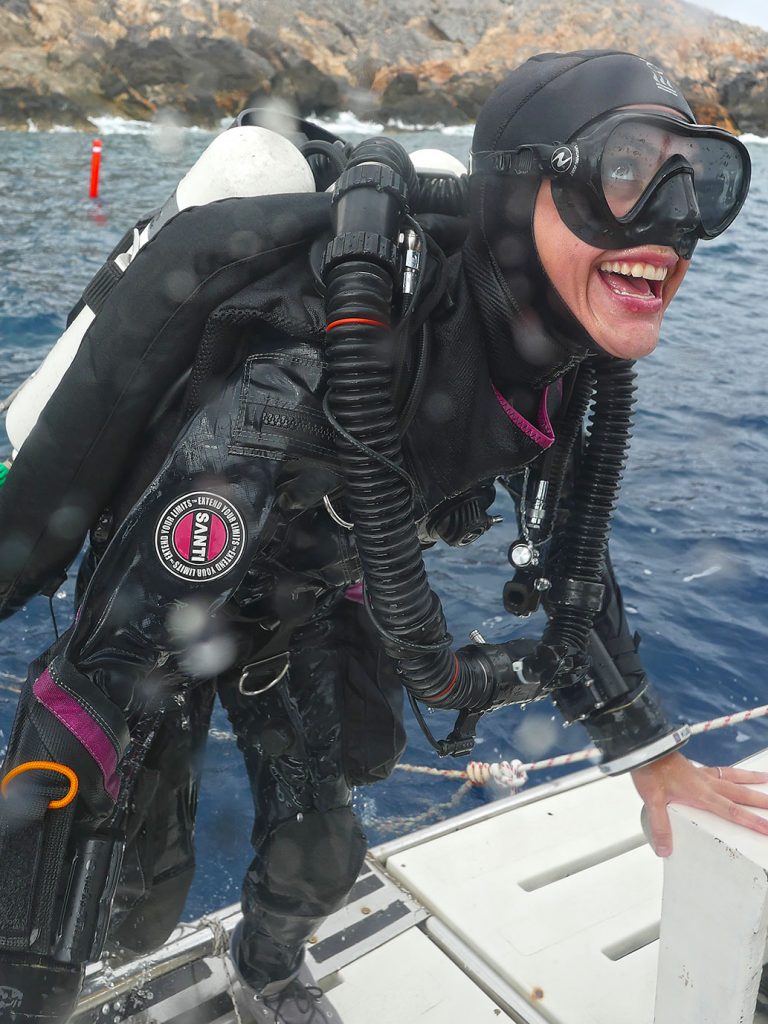
1.15pm – 2.15pm – Unload the boats, take equipment up to the dive ops centre and wash
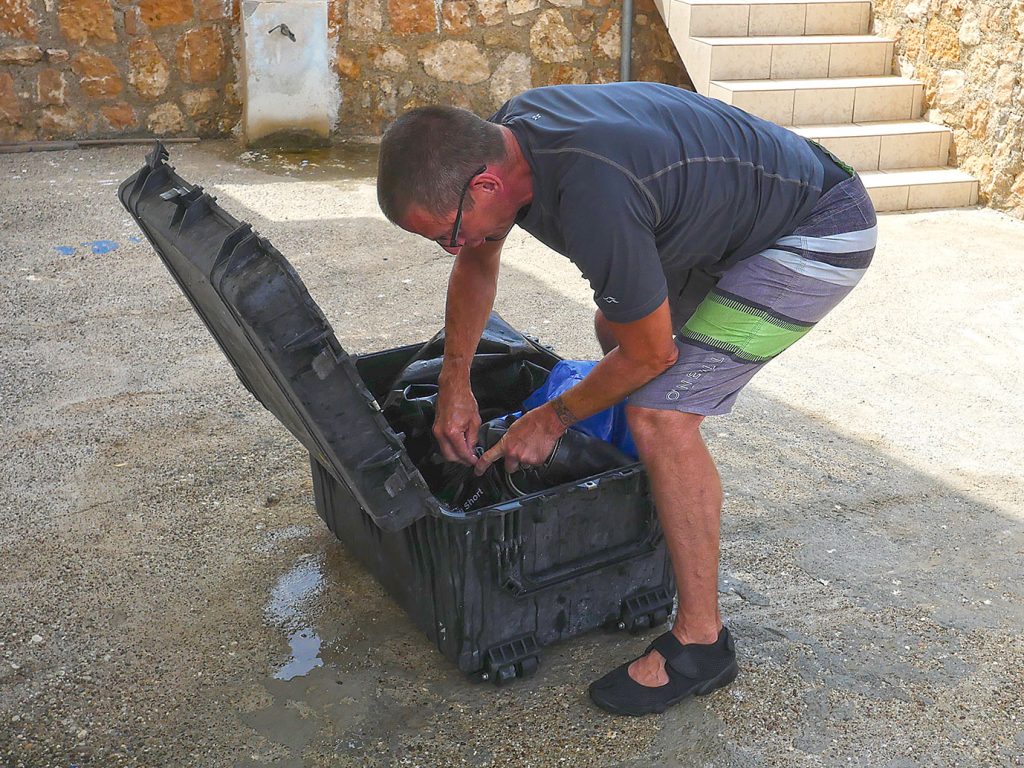
2.15pm – Lunch
3pm – 5pm showers and unwind
5pm-6.30pm prepare equipment for the next day’s diving
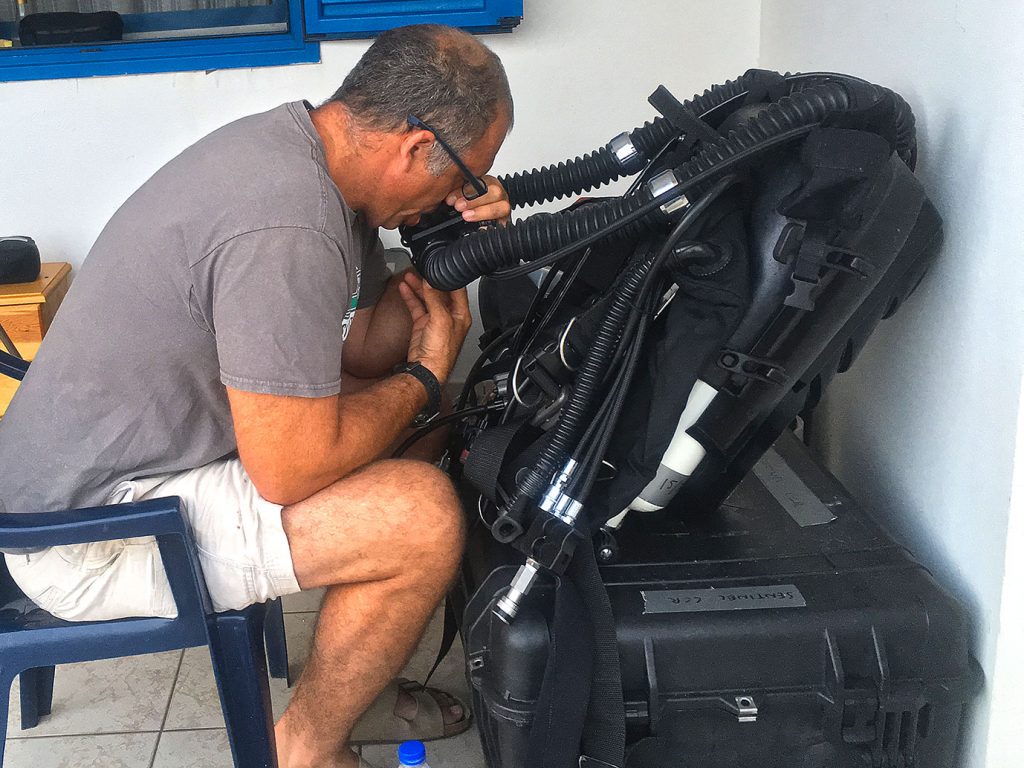
8pm – Dinner
10pm – Bed time
Then repeat the next day…
